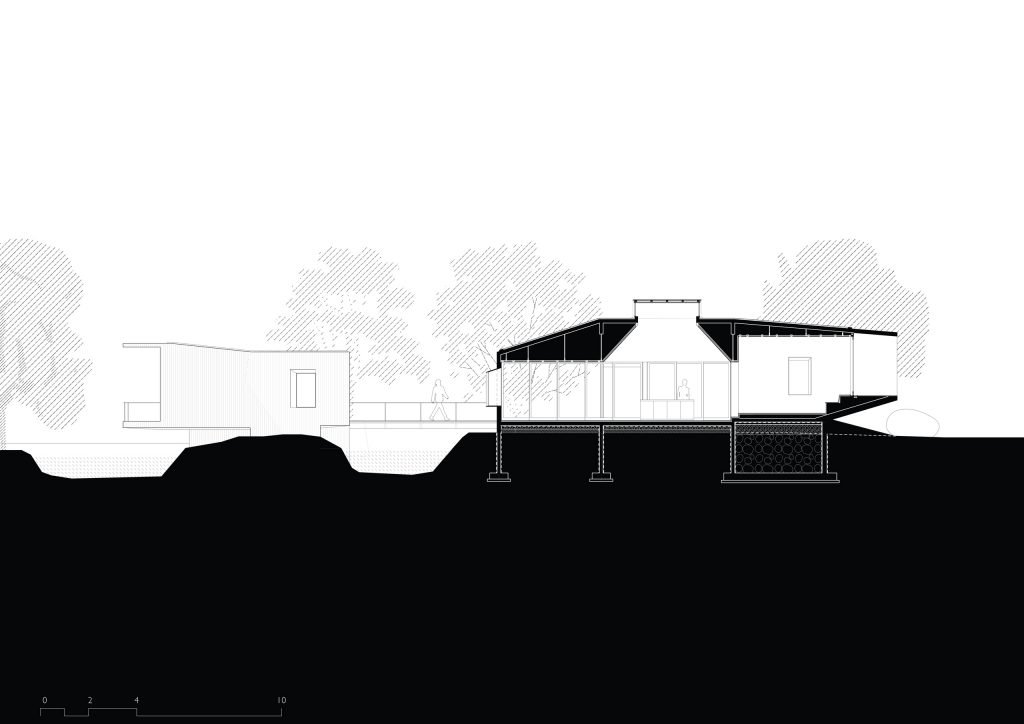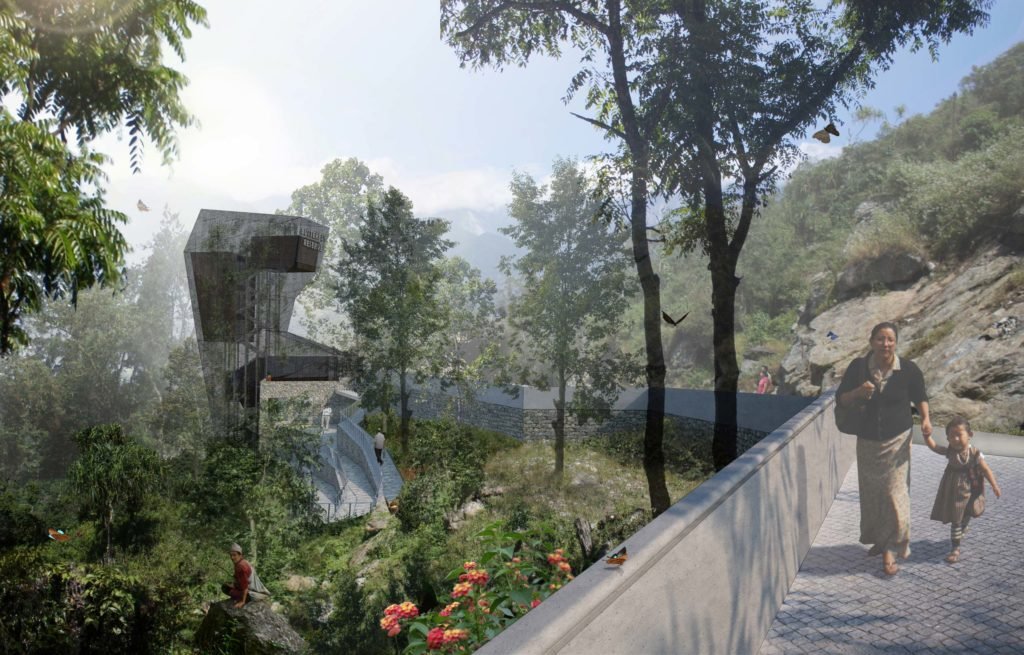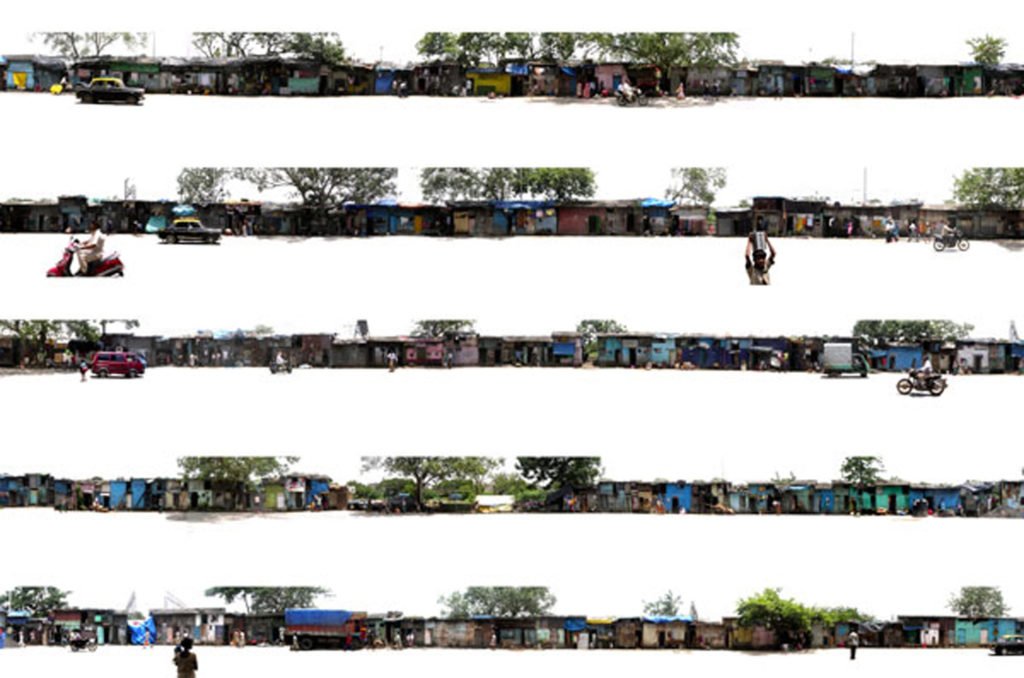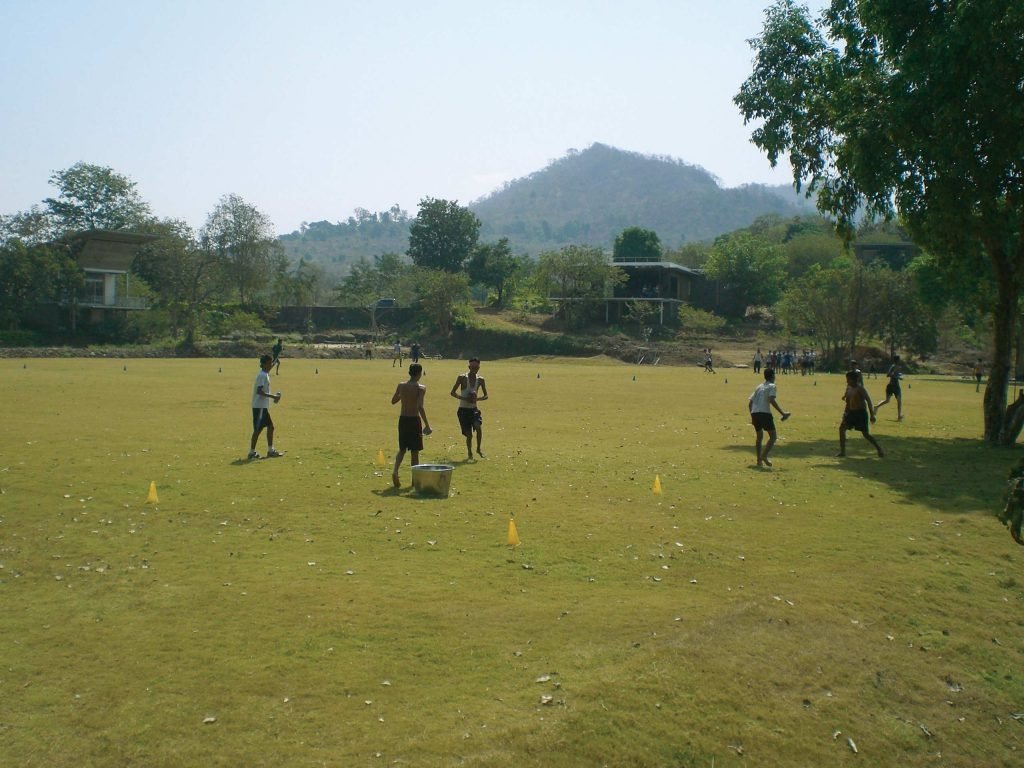
The Mumbai Artist Retreat that is about to be completed, is poised to become a place, where artists can work in a spacious, natural environment. It allows artists to retreat from and reflect on the heavy physical and psychological demands of the global metropole. The Artist Retreat will function as a community space. It is an art lab of sorts that aims to bring together art, ecology and society.

Communicating ideas through drawings takes a central position in Architecture BRIO’s work. Sketching starts initially with procrastination. Taking up the pencil to start sketching is postponed as much as possible. Inspiration doesn’t come with a blank sheet. First, sketching has to happen in the mind.

Humans are deeply interlinked with the life of butterflies. Not only are butterflies indicators of the health of our environment, in many cultures butterflies are associated with the soul. The relation to butterflies goes as far that in the Himalayan region, some of the Nagas of Manipur trace their ancestry from them. Architecture BRIO and fUSE have won the open competition held by the Forest Department of Sikkim to design the Himalayan Butterfly Reserve in Sikkim

The forest home in Kodaikanal takes inspiration from the idea of Temenos. The ancient Greek word translates as “a piece of land marked off from common uses and dedicated to a god”. It is intended to be a sanctuary, which once completed, it will be the permanent residence of two creative professionals located on the edge of a rocky outcrop within a dense forest area.

A combination of natural and local materials with innovative technologies and materials used in this dormitory for the staff at the Magic Bus Campus portrays a new construction idiom – an expression of contemporary sustainable architecture. A unique structural cage of bamboo columns wraps around the dormitory, creating a dialogue between the interior and the dramatically changing landscape.

Tulsi Pipe is a stretch of road in mumbai running along the western railway line.
Almost along the entire length of the this road there exists a slum colony. Consisting of the scrap material of the railways, dismantled advertising boards, and cheap construction plastics, one could only call this a slum.

The 25-acre Magic Bus campus is situated near Mumbai in the Sahyadri Hills. Magic Bus works with children and young people taking them on a journey from Childhood to Livelihood and out of poverty. By enabling children to complete secondary education, delay their age of marriage, and skilling young people to be in jobs, the organisations helps moving a generation out of the vicious cycle of poverty.
The Magic Bus Centre for Outdoor Learning and Development was built in 2006 to offer an opportunity to discover how the expansive outdoors can help people nurture and develop their personal and interpersonal skills. It seeks to educate and mentor children through outdoor “experiential” learning.